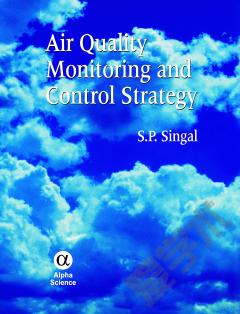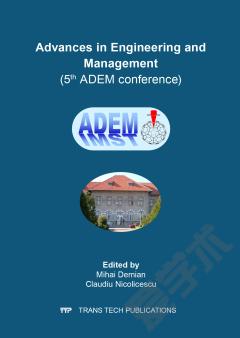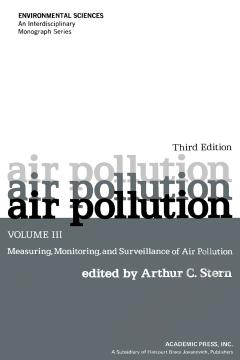Air Quality Monitoring and Control Strategy
AIR QUALITY MONITORING AND CONTROL STRATEGY essentially deals with air quality and underlines a strategy to improve it. To this effect this volume describes briefly the problem of air pollution, impact of various pollutants present in the indoor/outdoor atmosphere on health, the various monitoring techniques/instruments and their practical use, instructions, precautions etc., control instrumentation and environment impact assessment. The answer to questions like the need for air quality monitoring, choice of monitoring location and parameters, averaging time and frequencies etc. has been provided along with the basic statistics required to work out certain statistical figures in air quality. The science of meteorology, an important subject that takes care of dispersion/dilution of air pollutants at a place, has been discussed briefly. A chapter on noise pollution, another vital air toxicant, has also been dealt with to a certain limit. Two case studies have been incorporated to elucidate the importance of EIA and the need to develop a strategy for management of ambient air quality. Revised new standards have also been included.
{{comment.content}}








 京公网安备 11010802027623号
京公网安备 11010802027623号